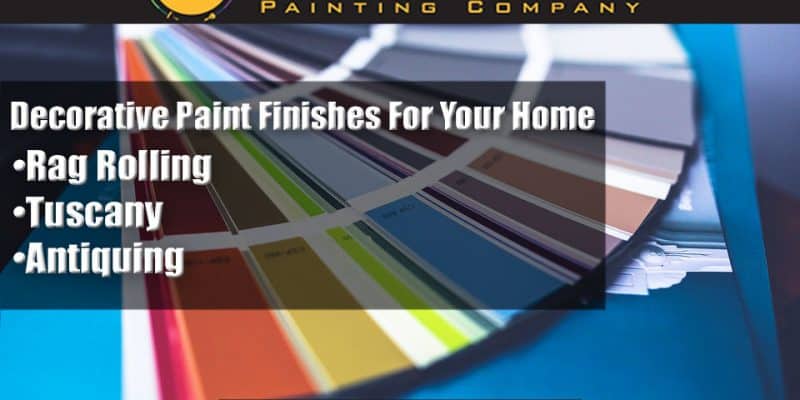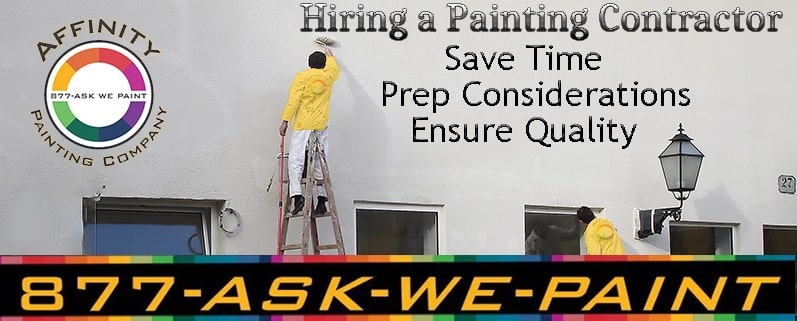Decorative paint is one of the simplest yet most effective ways to add more visual interest and aesthetic feel to your living spaces.
While a basic application can spruce up any space, there are several decorative techniques that can take the look to the next level.
Careful using of one of these finishes provides a pop of color and texture. Consider one of these finishing techniques for different spaces in your home.
Rag Rolling
The rag rolling technique results in a translucent textured, mottled look instead of a solid blanket of color on a wall.
With rag rolling, we use a specialty rag roller in combination with med weight cotton cloth that is cut and shaped.
When the cotton is pounce it will produce the look of a traditional rag blotting technique.
After applying a base coat of paint, we apply a glaze that is kept wet so the use the rag roller and cotton rags can remove the excess glaze.
Resulting in textures, that can be left heavy or a soft.
Rag rolling is a beautiful choice for an entryway, bathroom or four-season sun room.
Tuscany
A Tuscany style of painting involves applying two coordinating colors of paint to create an aged look that mimics Tuscan architecture.
Our experienced painters do this by applying a warm-hued base coat to the wall. We then prepare a glaze mix that combines a clear glaze with a paint shade that is slightly darker than the base coat.
The dried base coat is lightly misted with water, and our painters then apply the glaze using a scrubbing motion for a one-of-a-kind finish.
This effect is beautiful for light-filled spaces such as a kitchen, hallways or a master suite.
Antiquing
What is Antiquing? Just like it sounds it is a faux distressing finish that makes something new look like it’s old.
This technique is often used on furniture and small decorative items or trims, but it also works well for other parts of your home, such as a built-in bookshelf, fireplace mantle, crown moldings or decorative doors. Antiquing also delivers a powerful visual effect when it’s done on a single wall of a room.
Our painters perform the antiquing technique by applying glaze, sanding, waxing and flecking additional paint.
Looking for more information?
Why don’t you give us a call at 877-ASK-WE-PAINT or Contact Us Here





